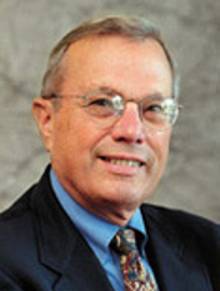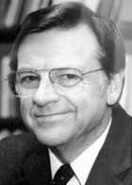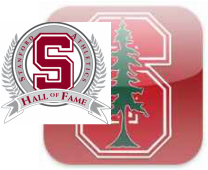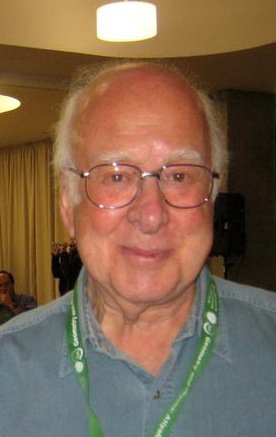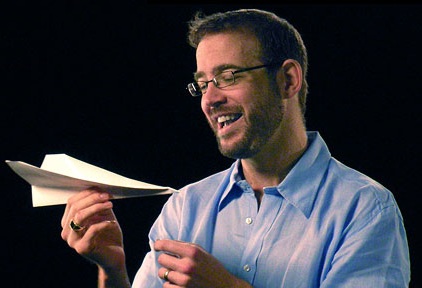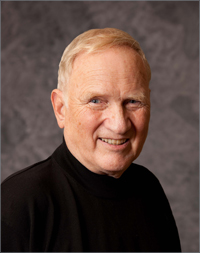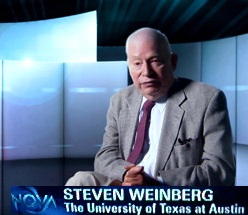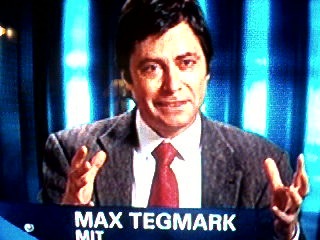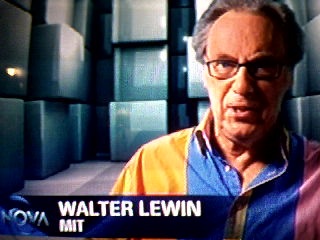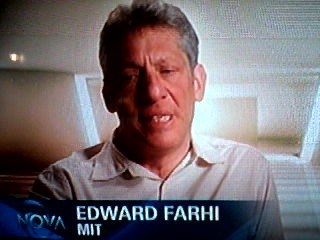Scientist
|
|
Bradford Parkinson
(February 16, 1935) Is an American engineer and inventor, and United States Air Force Colonel best known as the father of the Global Positioning System. He attended the United States Naval Academy, graduating in 1957, but decided to join the Air Force because of its superior educational opportunities. Parkinson then attended the Massachusetts Institute of Technology for his M.S. in Aeronautics, graduating in 1961. After several years in the Air Force, he entered a Ph. D. program at Stanford University, graduating in 1966. In 1973 he became manager of the NAVSTAR GPS development program, where he remained until 1978 when he retired from the Air Force. In 1984, Parkinson became a professor at Stanford University, where today he is a professor emeritus. In 2003 he shared the Draper Prize with Ivan A. Getting for his contributions to the invention of the Global Positioning System. In 2004 he was inducted into the National Inventors Hall of Fame. |
|
|
|
Robert Cannon
Professor Cannon's current research is focused on free-flying space robotic systems, precision control of flexible manipulators, and multi-arm cooperating manipulation systems. He established Stanford's program in guidance and control and is co-founder of the Stanford Orbiting Gyro Test of General Relativity project that is engineering a gyro test of General Relativity in a satellite (accuracy < .001 arcsecond per year). His personal engineering accomplishments include a 31 knot hydrofoil sailboat, the E7 jet fighter automatic control system, and gyro and stable platform developments for the Navaho and Minuteman missiles, and the Nautilis and Skate submarines (first polar journeys). |
|
Click on photo to "Like" the Wiki Facebook page. Our Facebook page in the right corner of this block has been provided for discussion.
|
Peter Ware Higgs
(born 29 May 1929) Is a British theoretical physicist and emeritus professor at the University of Edinburgh. He is best known for his 1960s proposal of broken symmetry in electroweak theory, explaining the origin of mass of elementary particles in general and of the W and Z bosons in particular. This so-called Higgs mechanism, which was proposed by several physicists besides Higgs at about the same time, predicts the existence of a new particle, the Higgs boson (which was often described as "the most sought-after particle in modern physics"). CERN announced on 4 July 2012 that they had experimentally established the existence of a Higgs-like boson, but further work is needed to analyse its properties and see if it has the properties expected from the Standard Model Higgs boson. The Higgs mechanism is generally accepted as an important ingredient in the Standard Model of particle physics, without which particles would have no mass. |
|
John Francis Clauser
(born 1 December 1942, Pasadena, California) Is an American theoretical and experimental physicist known for contributions to the foundations of quantum mechanics, in particular theClauser-Horne-Shimony-Holt inequality. Clauser received his B.S. in physics from the California Institute of Technology in 1964. He received his M.A. in physics in 1966 and his Ph.D. in physics in 1969 from Columbia University. From 1969 to 1996 he worked mainly at Lawrence Berkeley National Laboratory, Lawrence Livermore National Laboratory, and the University of California, Berkeley. He was a member of the Berkeley Fundamental Fysiks Group, founded in May 1975 by Elizabeth Rauscher and George Weissmann, aninformal group of physicists who met weekly to discuss philosophy and quantum physics. |
|
Steven Weinberg
(May 3, 1933 New York City) In 1966, Weinberg left Berkeley and accepted a lecturer position at Harvard. In 1967 he was a visiting professor at MIT. It was in that year at MIT that Weinberg proposed his model of unification of electromagnetism and of nuclear weak forces (such as those involved in beta-decay and kaon-decay), with the masses of the force-carriers of the weak part of the interaction being explained by spontaneous symmetry breaking. One of its fundamental aspects was the prediction of the existence of the Higgs boson. Weinberg's model, now known as the electroweak unification theory, had the same symmetry structure as that proposed by Glashow in 1961: hence both models included the then-unknown weak interaction mechanism between leptons, known as neutral current and mediated by the Z boson. The 1973 experimental discovery of this Z boson was one verification of the electroweak unification. The paper by Weinberg in which he presented this theory was one of the most cited theoretical works ever in high energy physics as of 2009. |
|
|
Max Tegmark
May 5, 1967 Sweden With Daniel Eisenstein and Wayne Hu, he introduced the idea of using Baryon Acoustic Oscillations as a Standard Ruler.[non-primary source needed] With Angelica de Oliveira-Costa and Andrew Hamilton, he discovered the anomalous multipole alignment in the WMAP data sometimes referred to as the "axis of evil".[non-primary source needed] Tegmark has also formulated the "Ultimate ensemble theory of everything", whose only postulate is that "all structures that exist mathematically exist also physically". This simple theory, with no free parameters at all, suggests that in those structures complex enough to contain self-aware substructures (SASs), these SASs will subjectively perceive themselves as existing in a physically "real" world. This idea is formalized as the "Mathematical universe hypothesis". |




